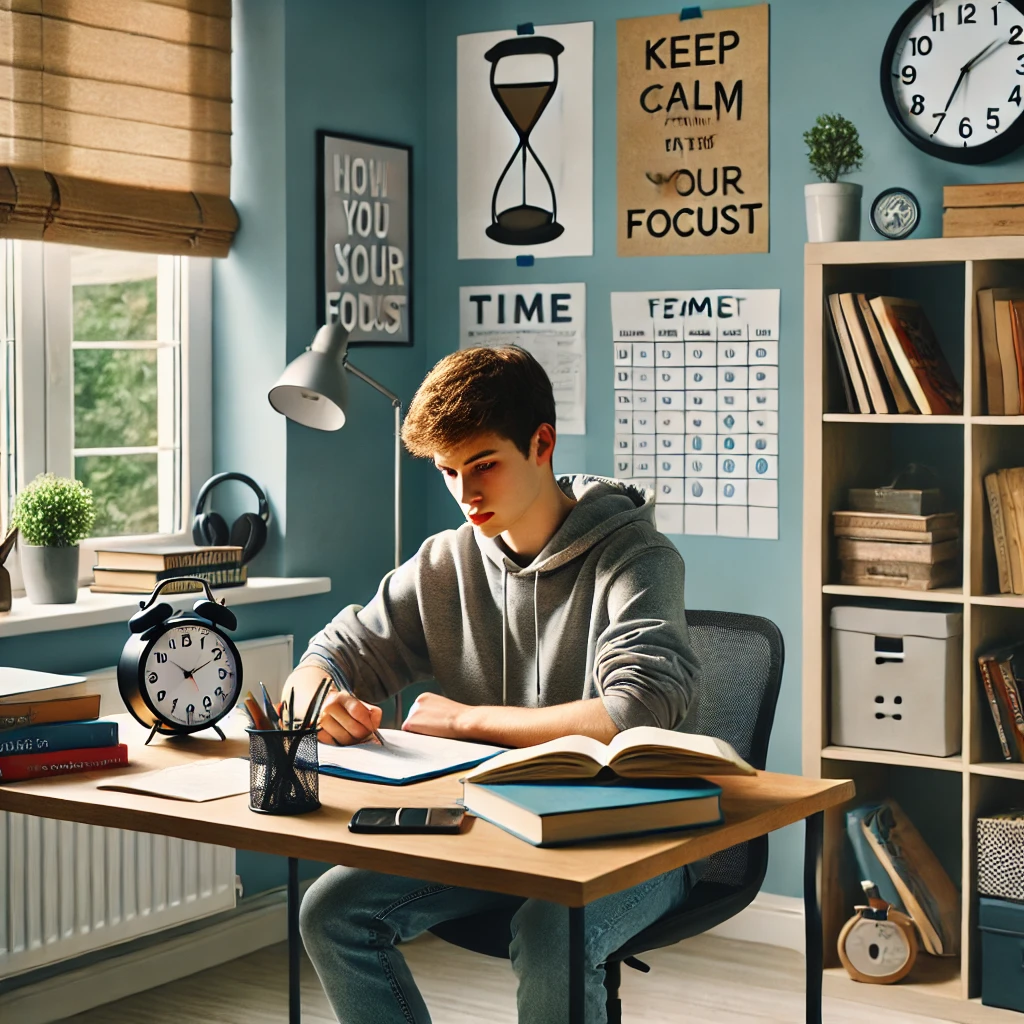How to Stop Worrying: Effective Strategies and Insights

Worrying is a common human experience, but when it becomes excessive, it can negatively impact mental and physical health. Research indicates that chronic worrying is linked to anxiety, stress-related illnesses, and diminished quality of life (Borkovec et al., 1998). Fortunately, there are evidence-based strategies to manage and reduce worry effectively.
Understanding Worry
Worry involves repetitive thoughts about potential future events, often focusing on negative outcomes (American Psychological Association, 2020). While occasional worrying can help with problem-solving and preparation, excessive worry often leads to feelings of helplessness and distress.
Strategies to Stop Worrying
1. Practice Mindfulness
Mindfulness, the practice of focusing on the present moment without judgment, is a powerful tool to combat worry. Studies have shown that mindfulness-based interventions reduce anxiety and promote emotional regulation (Hofmann et al., 2010). Techniques like deep breathing, meditation, or yoga can help individuals break free from the cycle of worry.
2. Challenge Negative Thoughts
Cognitive-behavioral therapy (CBT) emphasizes identifying and challenging irrational or exaggerated worries. Writing down worries and questioning their validity can help reframe thoughts into more realistic perspectives (Beck, 2011). Ask yourself:
- Is this thought based on facts or assumptions?
- What is the worst that could happen, and how likely is it?
3. Set a Worry Time
Dedicate a specific time each day to address worries. This technique, often called “scheduled worry time,” can reduce the tendency to ruminate throughout the day (Leahy, 2005). During this time, write down your concerns and brainstorm potential solutions.
4. Focus on Problem-Solving
Instead of dwelling on “what ifs,” shift your energy toward actionable steps to resolve the issue. Research suggests that problem-solving therapy can reduce anxiety and improve coping mechanisms (D’Zurilla & Nezu, 2010).
5. Engage in Physical Activity
Exercise is a natural stress reliever and mood booster. Aerobic activities, such as walking, running, or swimming, have been shown to decrease anxiety and improve overall well-being (Herring et al., 2010).
6. Limit Exposure to Triggers
Reducing time spent on activities that exacerbate worry, such as excessive news consumption or social media use, can help maintain emotional balance. Set boundaries around these activities to minimize unnecessary stress.
7. Cultivate Gratitude
Focusing on positive aspects of life can counteract worry. Keeping a gratitude journal or listing three things you are grateful for each day can shift your focus away from concerns and toward positivity (Emmons & McCullough, 2003).
8. Seek Professional Help
If worrying becomes overwhelming and interferes with daily functioning, seeking support from a mental health professional is essential. Therapists can provide tailored strategies to manage anxiety and address underlying causes of chronic worry.
The Role of Social Support
Connecting with others can also reduce feelings of worry and isolation. A supportive network of friends, family, or support groups can offer reassurance and practical advice.
While worrying is a natural response to uncertainty, excessive worry can harm mental and physical health. By practicing mindfulness, challenging negative thoughts, and focusing on actionable solutions, individuals can regain control over their thoughts and reduce the impact of worry on their lives. Incorporating these strategies into daily life can foster resilience and promote overall well-being.
This article has been written by John S. Collier, MSW, LCSW. Mr. Collier has over 25 years of experience in the social work field. He currently serves as the executive director and outpatient behavioral therapist for Southeast Kentucky Behavioral Health based out of London Kentucky. He may be reached at by phone at 606-657-0532 Extension 101 or by email at [email protected].
References
- American Psychological Association. (2020). Understanding anxiety and worry. Retrieved from https://www.apa.org
- Beck, J. S. (2011). Cognitive behavior therapy: Basics and beyond. Guilford Press.
- Borkovec, T. D., Ray, W. J., & Stöber, J. (1998). Worry: A cognitive phenomenon intimately linked to affective, physiological, and interpersonal processes. Cognitive Therapy and Research, 22(6), 561-576.
- D’Zurilla, T. J., & Nezu, A. M. (2010). Problem-solving therapy. Springer.
- Emmons, R. A., & McCullough, M. E. (2003). Counting blessings versus burdens: An experimental investigation of gratitude and subjective well-being in daily life. Journal of Personality and Social Psychology, 84(2), 377-389.
- Herring, M. P., O’Connor, P. J., & Dishman, R. K. (2010). The effect of exercise training on anxiety symptoms: A meta-analysis. Psychosomatic Medicine, 72(6), 465-474.
- Hofmann, S. G., Sawyer, A. T., Witt, A. A., & Oh, D. (2010). The effect of mindfulness-based therapy on anxiety and depression: A meta-analytic review. Journal of Consulting and Clinical Psychology, 78(2), 169-183.
- Leahy, R. L. (2005). The worry cure: Seven steps to stop worry from stopping you. Harmony.









